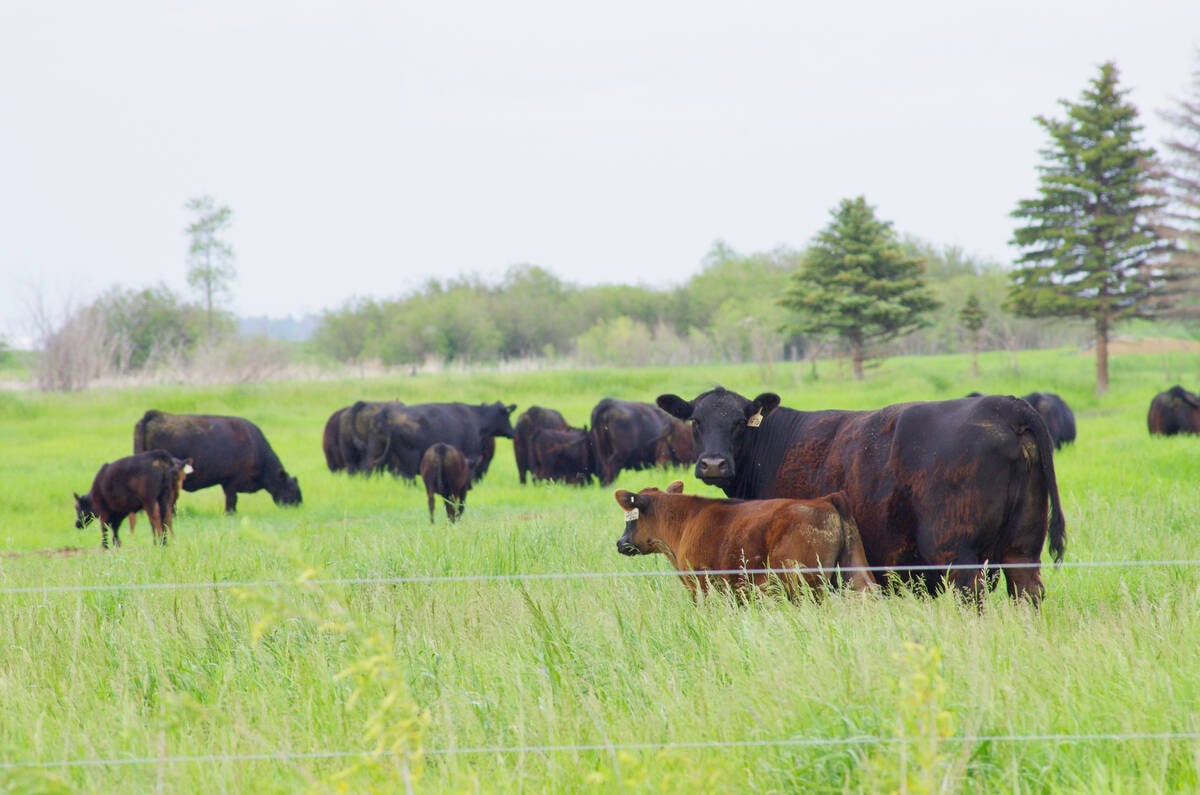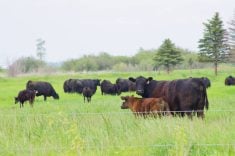A limited water supply could put the lid on southern Alberta’s population spillover, says a municipal planner.
“Approximately 84 percent of the South Saskatchewan River basin population are urban centres relying on the major rivers for their water supply,” said Bill Shaw, a municipal planner with Parkland Community Planning Services. He works with communities located in the Red Deer River basin.
Most future growth is expected along the corridor between Edmonton and Calgary. Another population surge is likely between Lethbridge and Medicine Hat. All these cities are located on the banks of major rivers, which support household and industrial activity.
Read Also

Tick research from the University of Manitoba focuses on insects and testing
Manitoba researchers are looking into the effects of tick and fly disease in cattle.
Their demands are going to increase, Shaw told the Alberta Irrigation Projects Association annual meeting in Calgary.
The Red Deer River basin supports 170,000 people.
Between 1981-2001, the urban population in that area grew by 38,800 and the rural population grew by 17,000. Most of the rural growth was residential communities rather than agricultural.
Most of the growth for the region occurred in the last decade. The outlying communities of Blackfalds, Innisfail, Penhold and Sylvan Lake are growing proportionately faster than Red Deer.
In the South Saskatchewan River basin, the 2001 census counted 1.5 million people. The population is expected to double in 45 years.
Between 1981 and 2001, the urban population grew by 418,000 people. The rural population grew by 37,000.
Most of the growth was in Calgary, which has grown by 48 percent in 20 years. The 2002 city census recorded a population of 905,000.
“It’s a lot more pressure on our rivers for water supplies,” said Kaupp.
That demand will increase as smaller communities outgrow their groundwater wells.
At one time Red Deer and Drumheller were the only urban centres relying on the Red Deer River for water. As smaller communities outgrew their wells, they turned to the river. Major pipeline systems were installed since the 1970s to deliver water to smaller communities like Innisfail, Hanna and Stettler.
When large urban centres tap into river supplies, citizens must realize water is not free, said planner Doug Kaupp of the City of Lethbridge.
In Alberta in 1999, 1,000 acre feet of water per day were used in all communities of more than 1,000 people. One acre foot can provide enough water for 10 people per year.
Alberta urban homes actually use less water than the Canadian average because many have meters. However, Calgary is the exception because only half the households have meters and subsequently, Calgary uses more water than the provincial average. A city bylaw passed last year said all homes must have a meter by 2012.
While cities withdraw considerable amounts of water, significant amounts are returned to the rivers.
Lethbridge returns about 70 percent of the water that moves through the city. About one third of household water is flushed down the toilet and another third is used in showers. A large amount is used to water lawns.
“A large share is used for micro-irrigation for maximum yield of a crop that has no purpose,” said Kaupp.
He said urban water conservation strategies should include mandatory meters and bylaws to limit the amount used for lawns.
“When you know you are being measured, you are going to behave differently. When the price of water is in relationship to what you are consuming, you can take measures to cut back.”
In the irrigation district of southern Alberta, the value of water is appreciated, said Earl Wilson, general manager of the Eastern Irrigation District headquartered at Brooks.
“Water does have a cost,” he said.
The district’s system of headworks, canals and water delivery is worth about $800 million. Total replacement costs are $2.5 billion.
Water costs in his district are calculated at $118 per acre per year.
Half the cost is in delivery to the farm while the farmer bears the rest of the expenses in equipment costs, energy and water charges.
Wilson’s district provides almost all the municipal and household water since there is no natural standing water in the area between Bassano and Brooks.

















